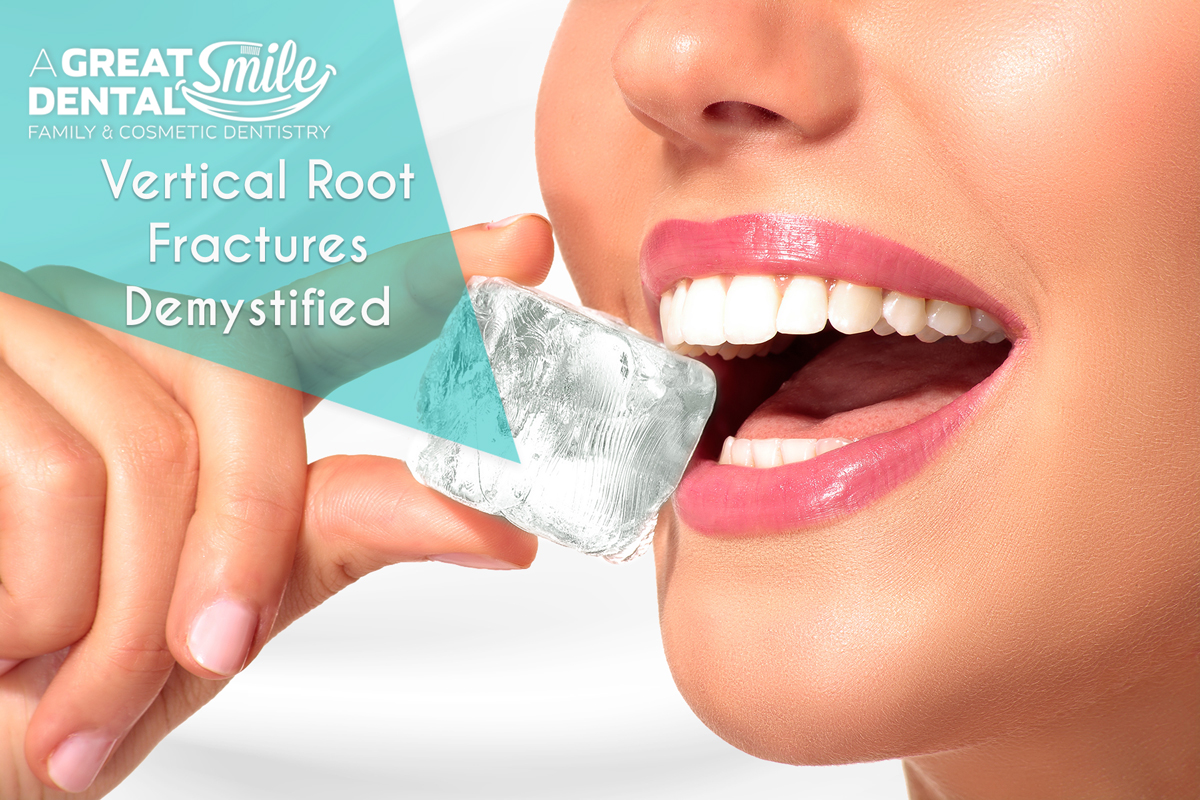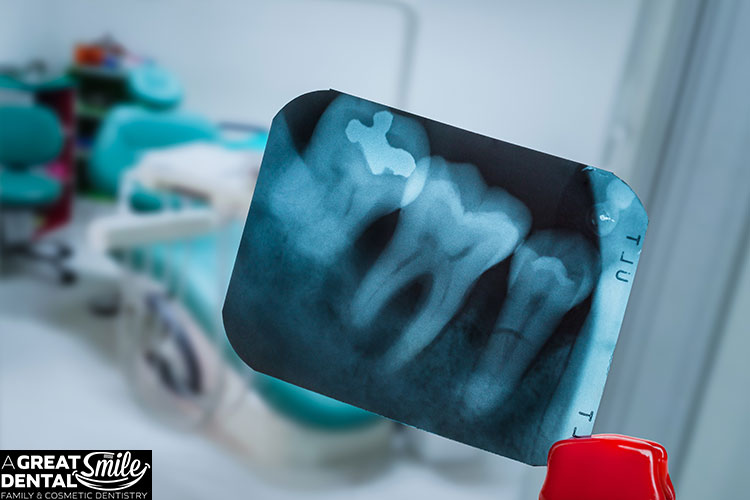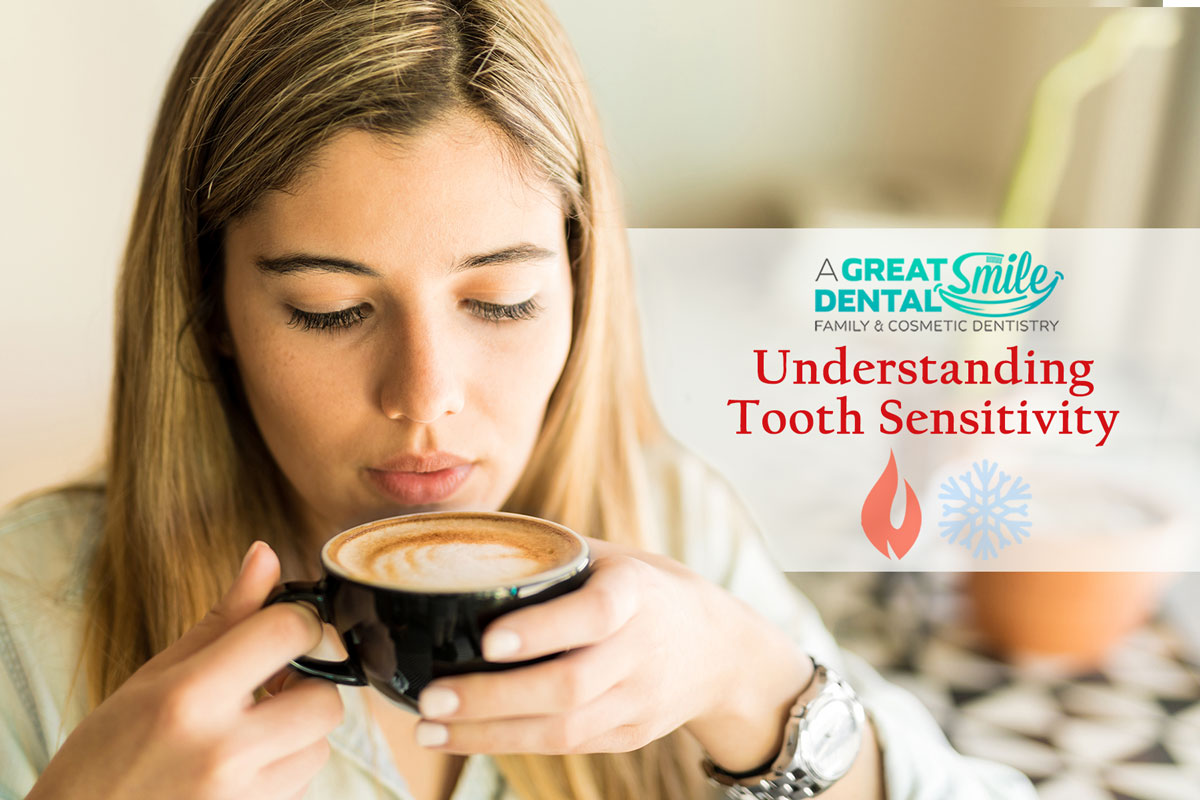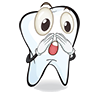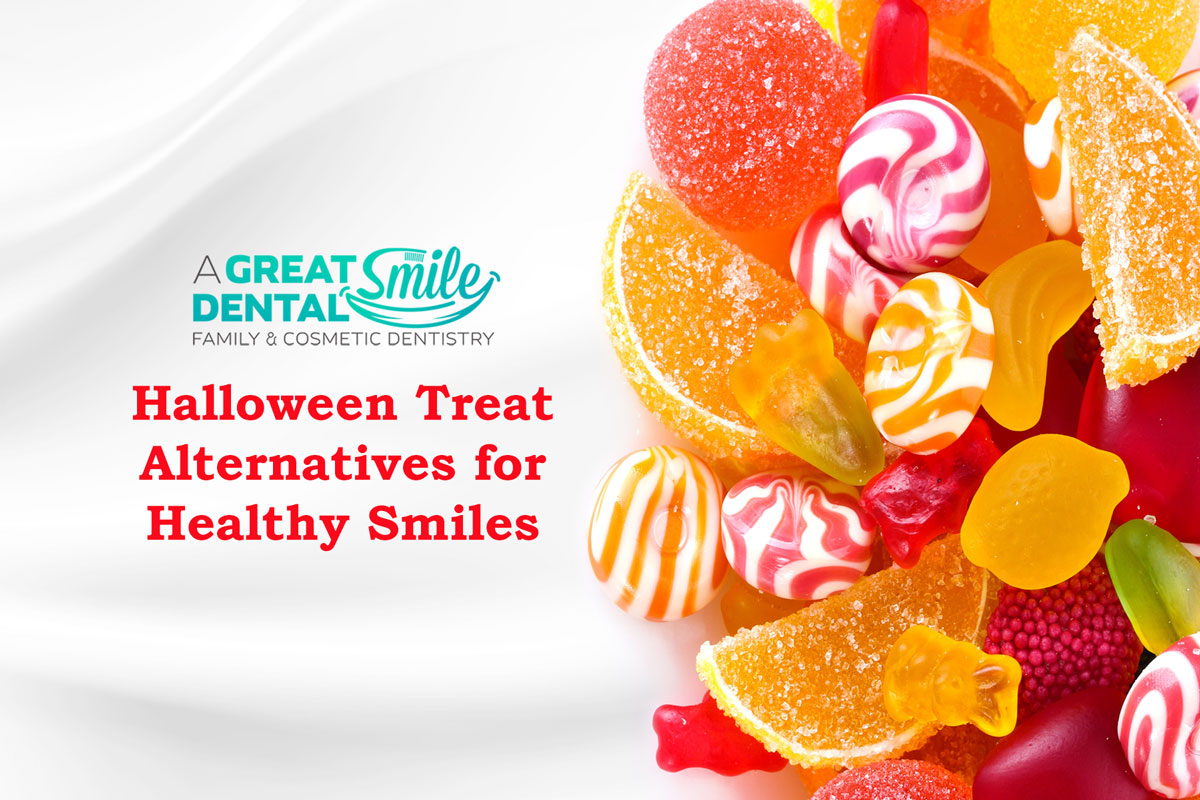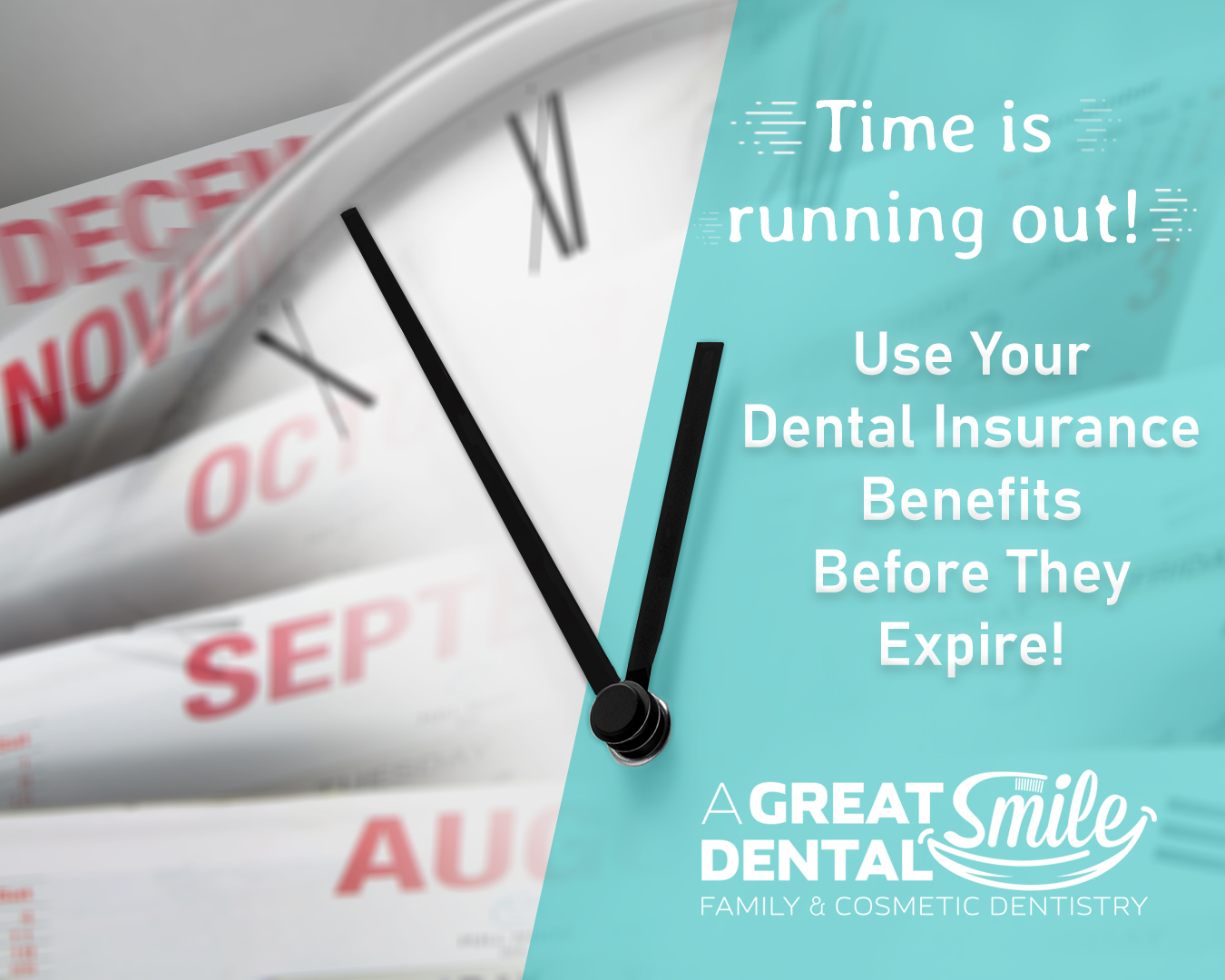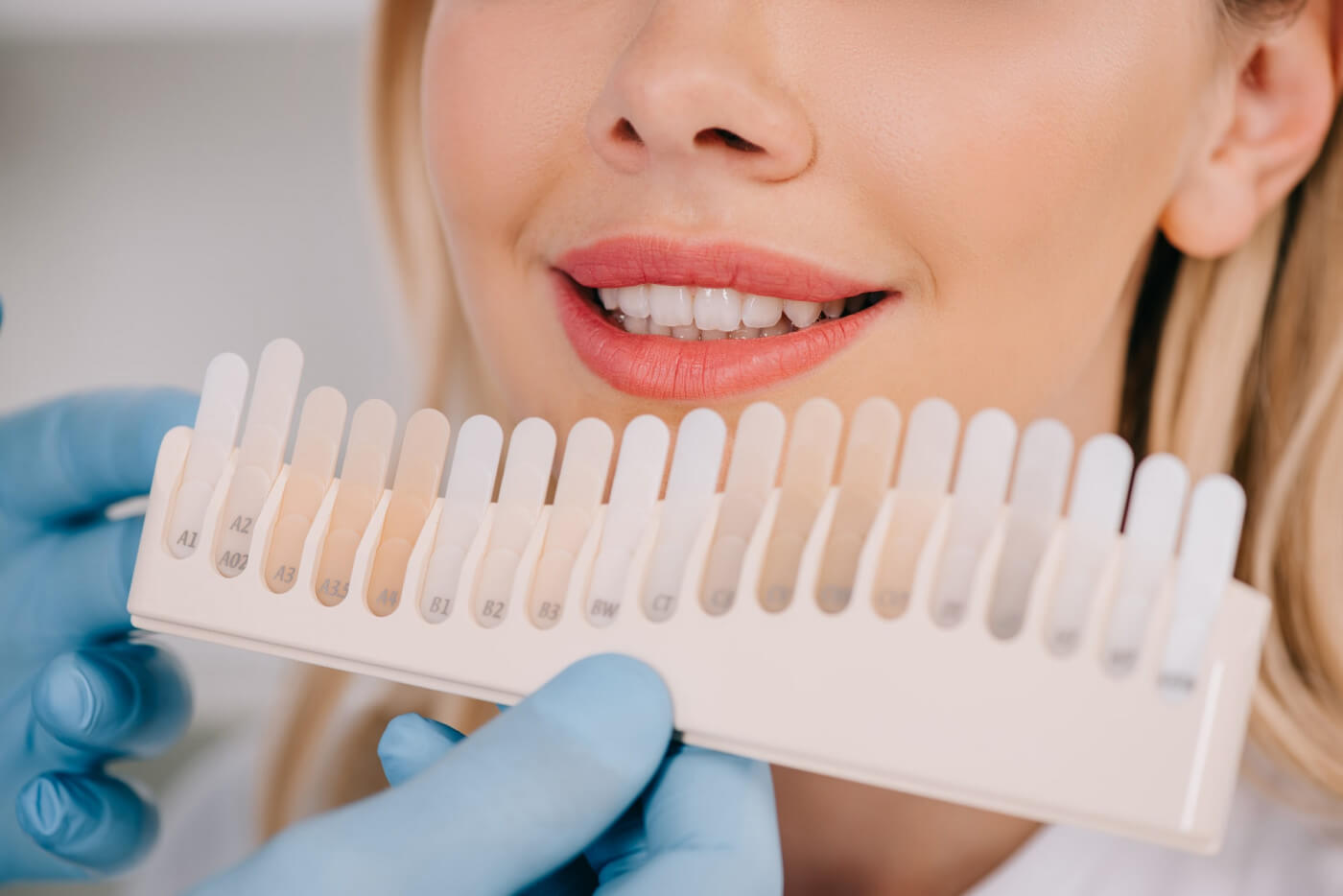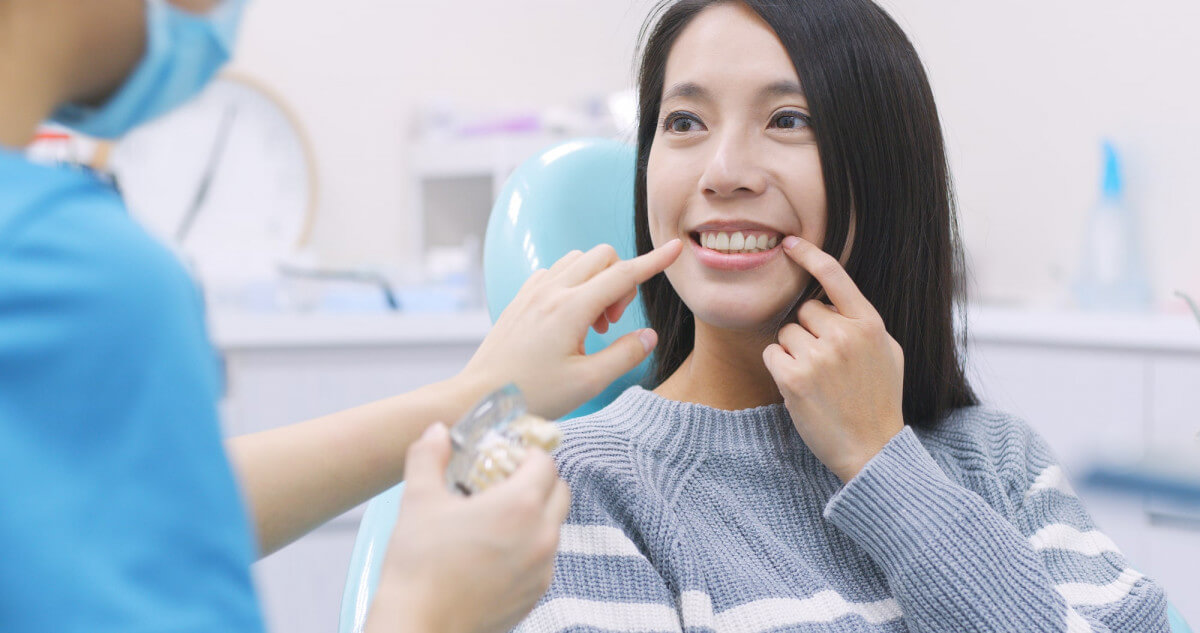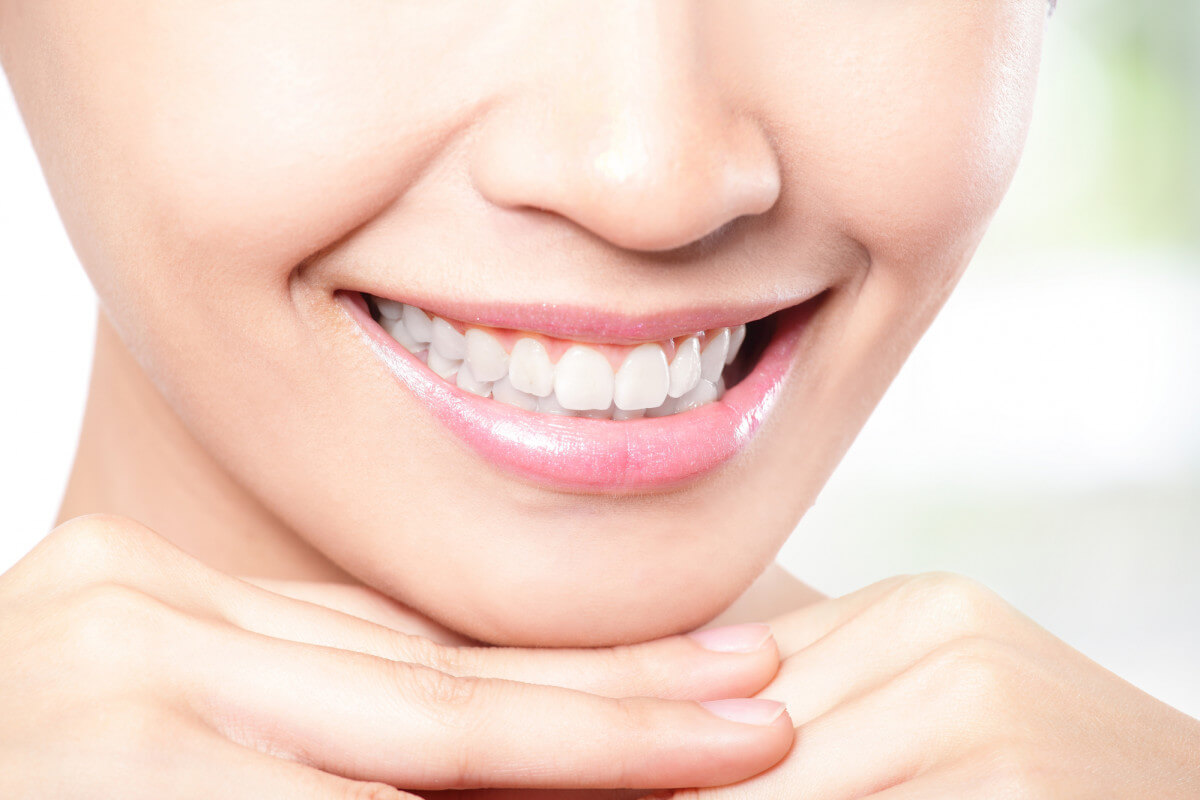What Are Wisdom Teeth?
Wisdom teeth are the final set of molars to develop, positioned in the far back corners of your mouth—both top and bottom. These teeth usually emerge between the ages of 17 and 25, though not everyone gets the full set of four. In fact, it’s entirely normal for some people to have fewer—or none at all.
These molars were once essential for chewing tough foods like roots and raw meat. However, as human diets and jaw sizes have evolved, wisdom teeth have become less useful—and more likely to cause problems.
Types of Wisdom Teeth
The type of wisdom tooth you have depends on how it develops and erupts. These differences impact whether or not removal is necessary and how complex the extraction might be. The main types include:
✅ Erupted Wisdom Teeth
These have fully come through the gums and are visible in the mouth. If there’s enough space and they are aligned properly, they may not need removal.
✅ Partially Erupted (Partially Impacted)
These teeth have only partially broken through the gum, often leaving a flap where food and bacteria can collect—raising the risk of infection.
✅ Impacted Wisdom Teeth
Impacted teeth are stuck beneath the gum or bone and cannot erupt normally. These are the most likely to cause complications.
There are several common directions in which impacted teeth can grow:
- Mesial Impaction: The tooth angles forward, pushing toward the second molar (the most common type).
- Distal Impaction: The tooth angles backward toward the rear of the mouth.
- Vertical Impaction: The tooth is upright but trapped beneath the gum or bone.
- Horizontal Impaction: The tooth lies sideways, often pressing directly into the neighboring tooth.
Understanding the type and position of your wisdom teeth helps your dentist decide whether removal is necessary and what method of tooth extraction will be safest and most effective.
When Wisdom Teeth Cause Problems
For many, the modern jaw doesn’t have enough space to accommodate all 32 teeth. Most mouths comfortably fit only 28, leaving little room for wisdom teeth to erupt properly. This can lead to a range of issues, including:
• Impaction: Teeth trapped under the gum or bone
• Crowding: Pushing on adjacent teeth and disrupting alignment
• Tooth Decay & Gum Disease: Due to difficulty cleaning hard-to-reach molars
• Infection: Partially erupted teeth can trap bacteria and lead to painful inflammation
Why Wisdom Teeth Are Removed
Wisdom tooth removal—also called extraction—is a common oral surgery used to prevent or treat these complications. Your dentist may recommend removal if your wisdom teeth:
• Are impacted or angled incorrectly
• Cause pain, pressure, or swelling
• Contribute to decay or gum disease
• Trap food and bacteria
• Form cysts or damage nearby teeth
• Pose future risks even if asymptomatic
In many cases, extraction is performed as a preventive measure to avoid more serious dental issues later.
What to Expect During Wisdom Tooth Extraction
Most extractions are done under local anesthesia at your regular dental clinic. For complex cases, your A Great Smile dentist may refer you to an oral surgeon, especially if the tooth is near nerves or deeply impacted. In some cases, the tooth may be removed in sections for a cleaner and less invasive procedure.
Sedation may also be used if you’re anxious or require surgical removal—this must be administered by a trained professional.
Post-Extraction Care: Dos and Don’ts
Healing typically takes one to two weeks. Your oral surgeon will give you detailed aftercare instructions. Following them closely helps prevent complications like dry socket and promotes faster recovery.
✅ DO:
- Use gauze for the first 30 minutes to manage bleeding
- Rest for 3–5 days
- Apply ice packs in 20-minute intervals to reduce swelling
- Gently rinse (don’t swish) with antibacterial mouthwash
- Brush other teeth, avoiding the extraction site
- Take prescribed medications as directed
❌ DON’T:
- Use a straw
- Exercise or lift heavy objects
- Eat hard or crunchy foods
- Consume alcohol or carbonated drinks for at least 5 days
When to Call Your Dentist or Oral Surgeon
Reach out right away if you experience:
- A fever over 102°F (38.8°C)
- Persistent or heavy bleeding
- Severe pain not relieved by medication
- Difficulty breathing or swallowing
- Swelling that worsens after three days
- Pus or unusual discharge from the surgical site
Prompt treatment can prevent further complications and ensure proper healing.
Do All Wisdom Teeth Need to Be Removed?
No. Wisdom teeth that grow in fully, remain healthy, and fit comfortably in your mouth don’t need to be removed. However, many dentists recommend removal in the late teens or early 20s—when the roots are still developing and the procedure is simpler.
The best way to know if removal is right for you is to consult your dentist. X-rays will help determine the position and health of your wisdom teeth.
Conclusion
Wisdom teeth are a natural part of your dental development, but in many cases, they cause more harm than good. Whether you need removal depends on factors like space, alignment, and oral health. Early evaluation—typically in your teens or early twenties—can prevent complications and make treatment easier.
If you’re experiencing discomfort or simply want to understand your options, schedule a visit with your dentist. A personalized assessment is the best step toward protecting your long-term oral health.



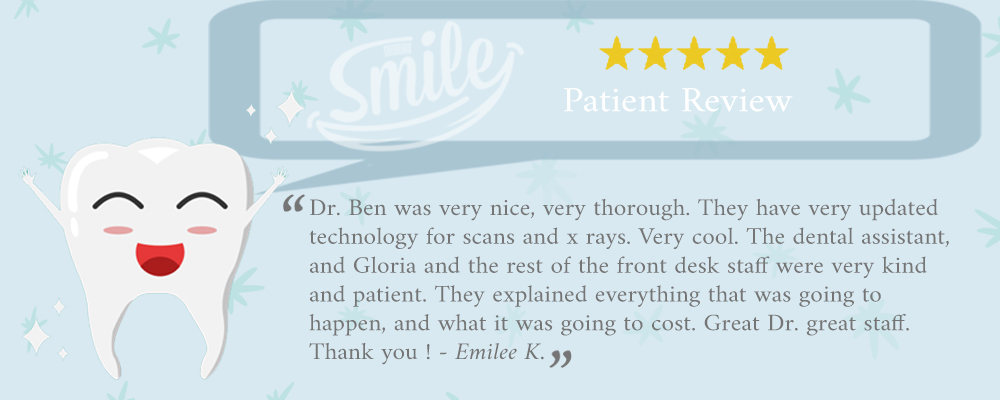


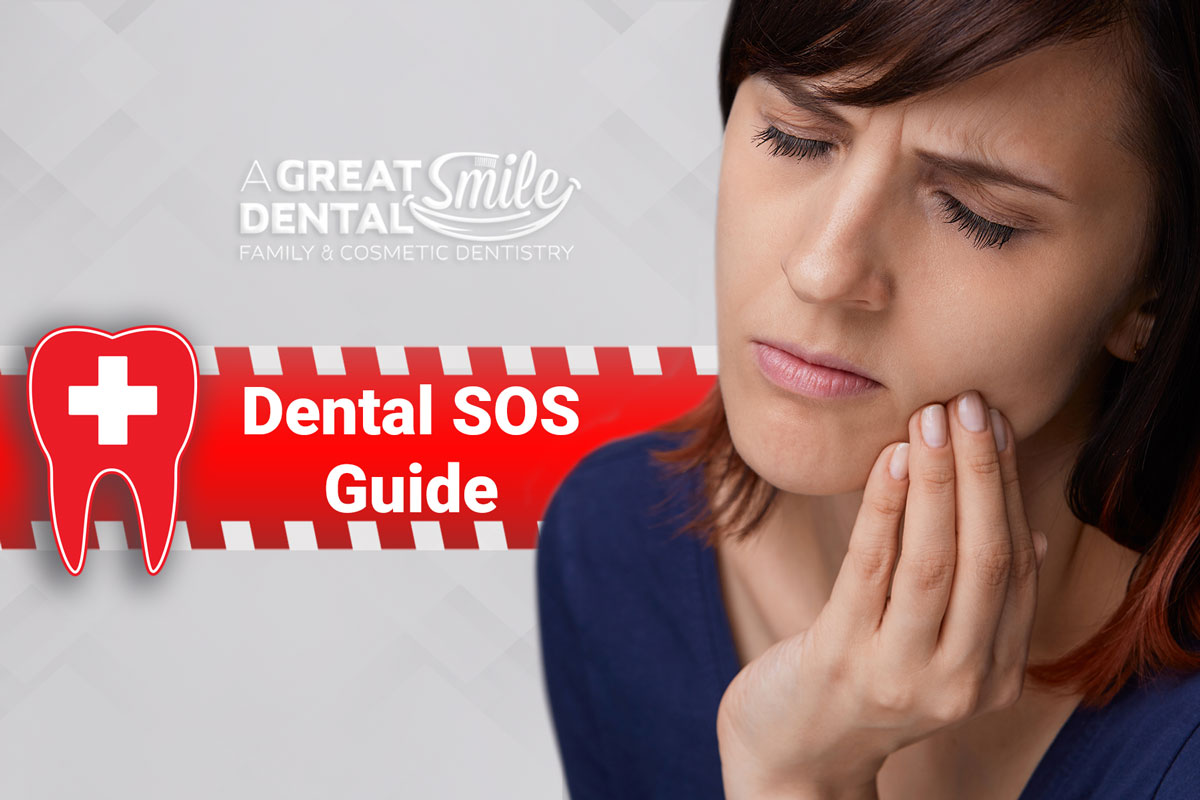
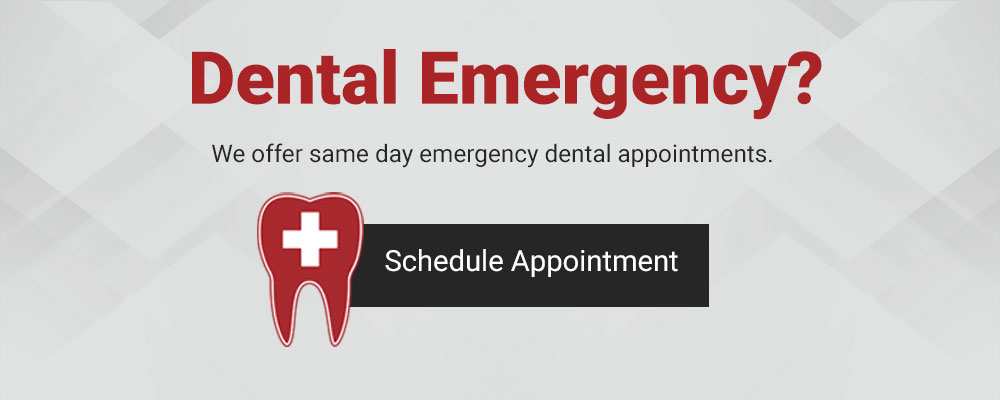
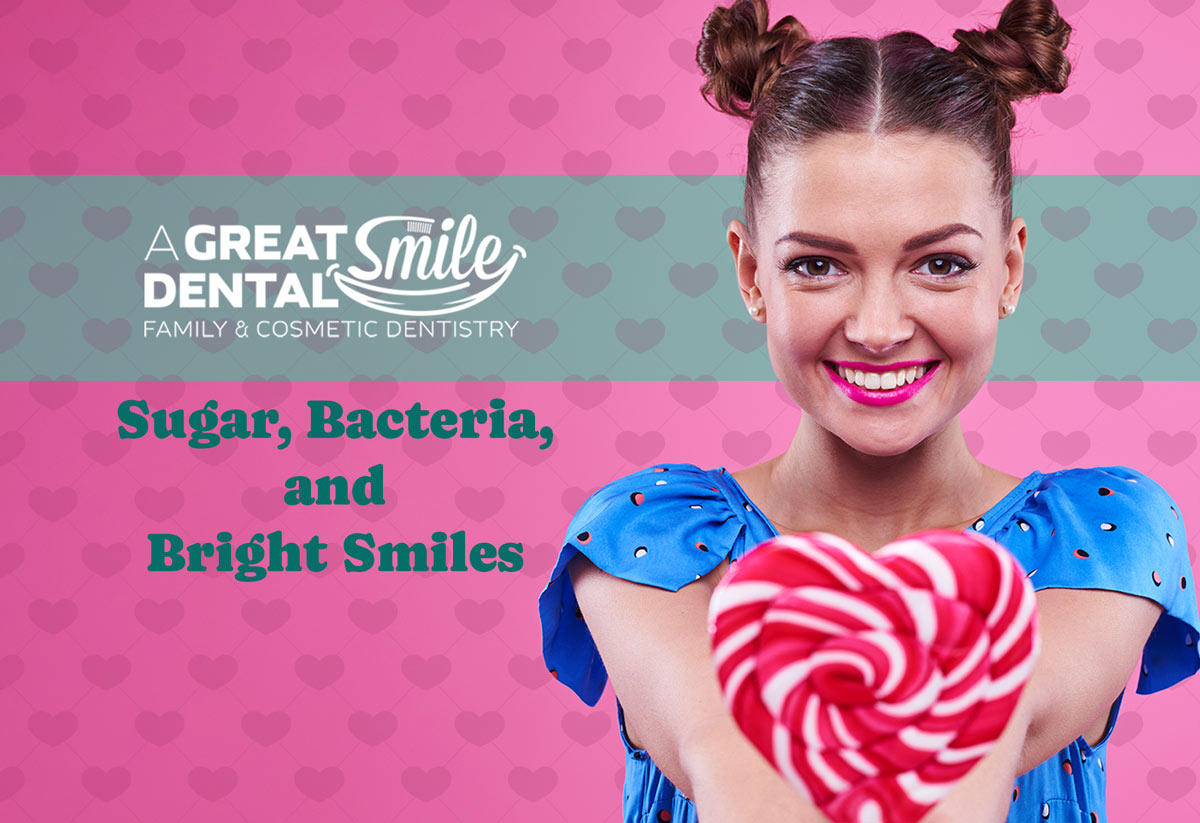
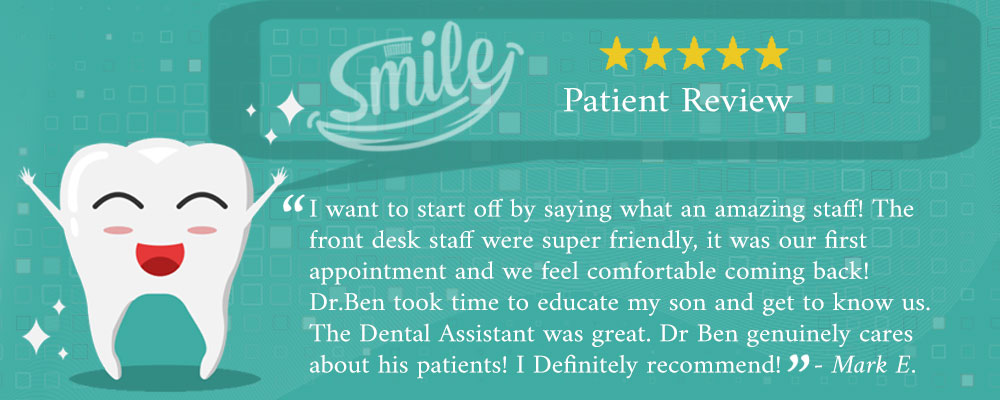


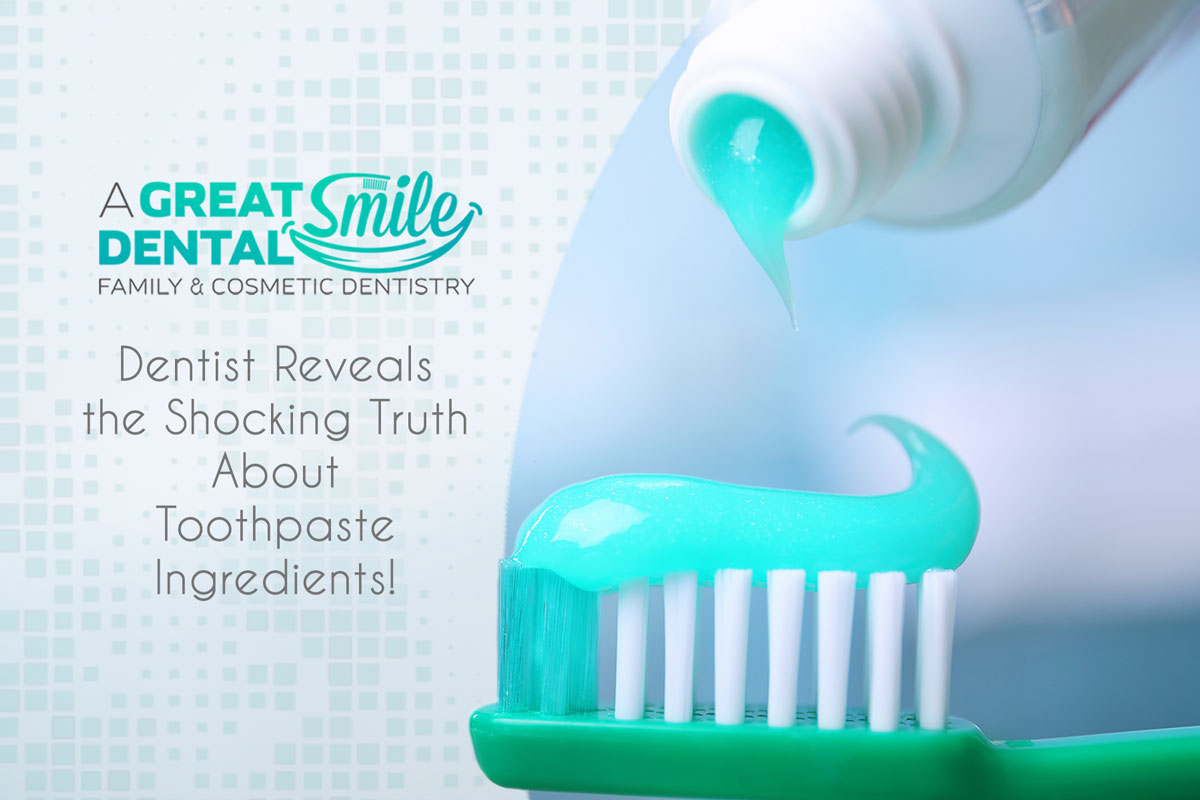

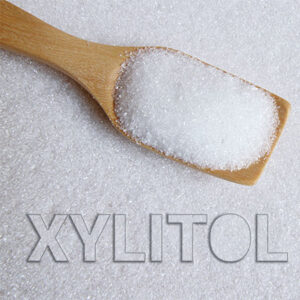
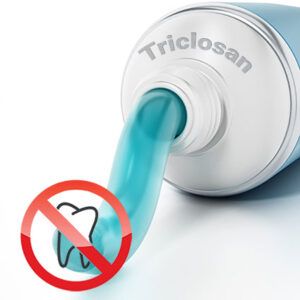
 Sodium lauryl sulfate (SLS) is the ingredient that makes our toothpaste foam and bubble. While it makes our toothpaste feel like it’s cleaning really well, it can actually cause problems, especially for people with sensitive mouths. If we get sores in our mouths or have gums that are easily irritated, SLS can make these problems worse. It can dry out our mouths and cause discomfort.
Sodium lauryl sulfate (SLS) is the ingredient that makes our toothpaste foam and bubble. While it makes our toothpaste feel like it’s cleaning really well, it can actually cause problems, especially for people with sensitive mouths. If we get sores in our mouths or have gums that are easily irritated, SLS can make these problems worse. It can dry out our mouths and cause discomfort.



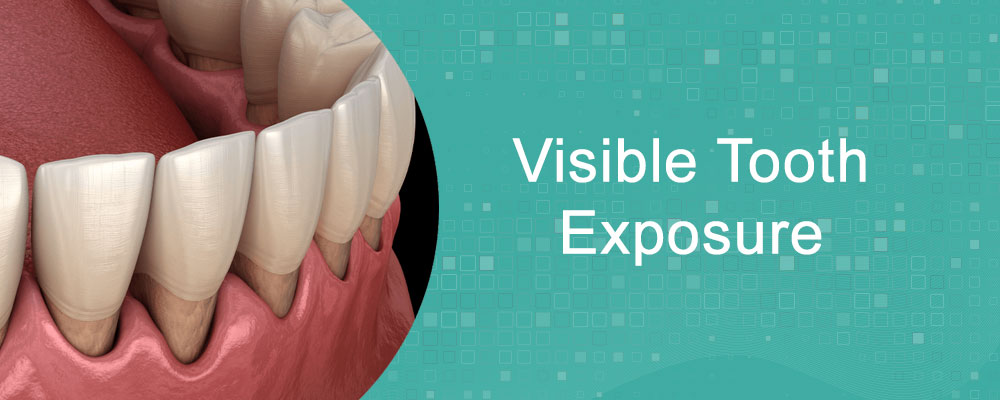


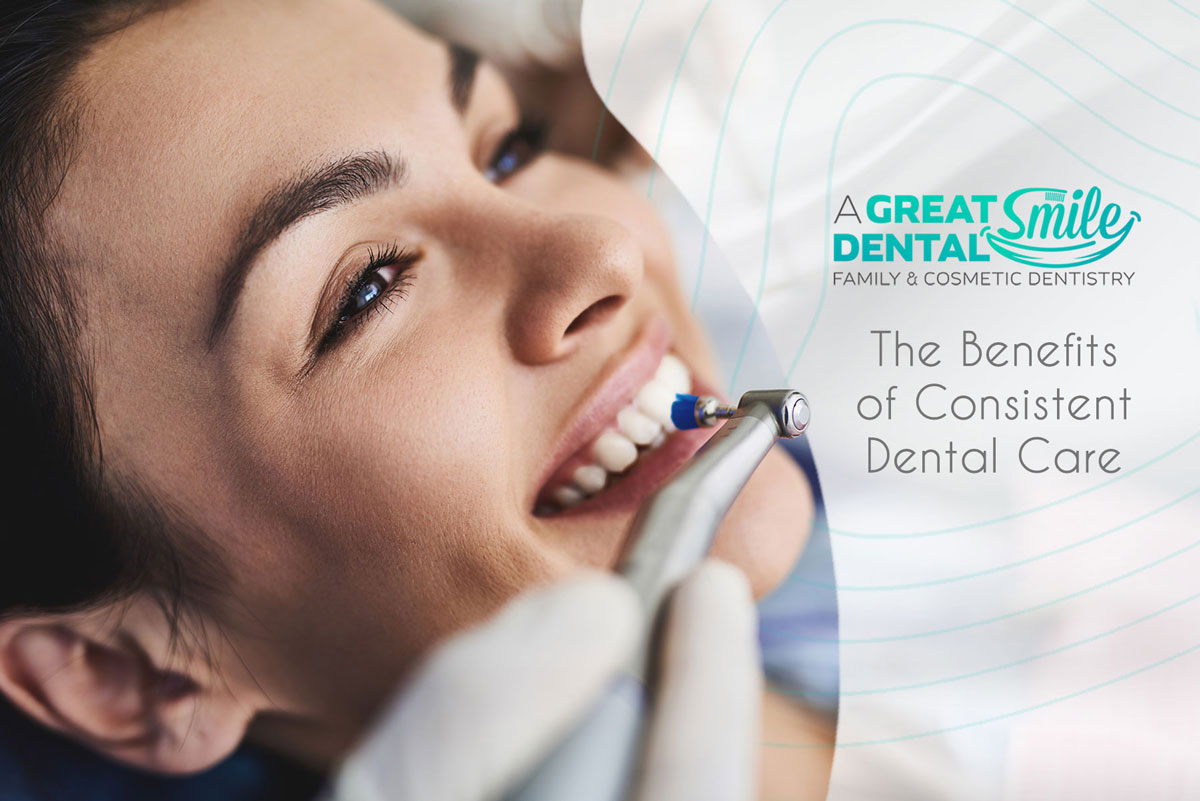
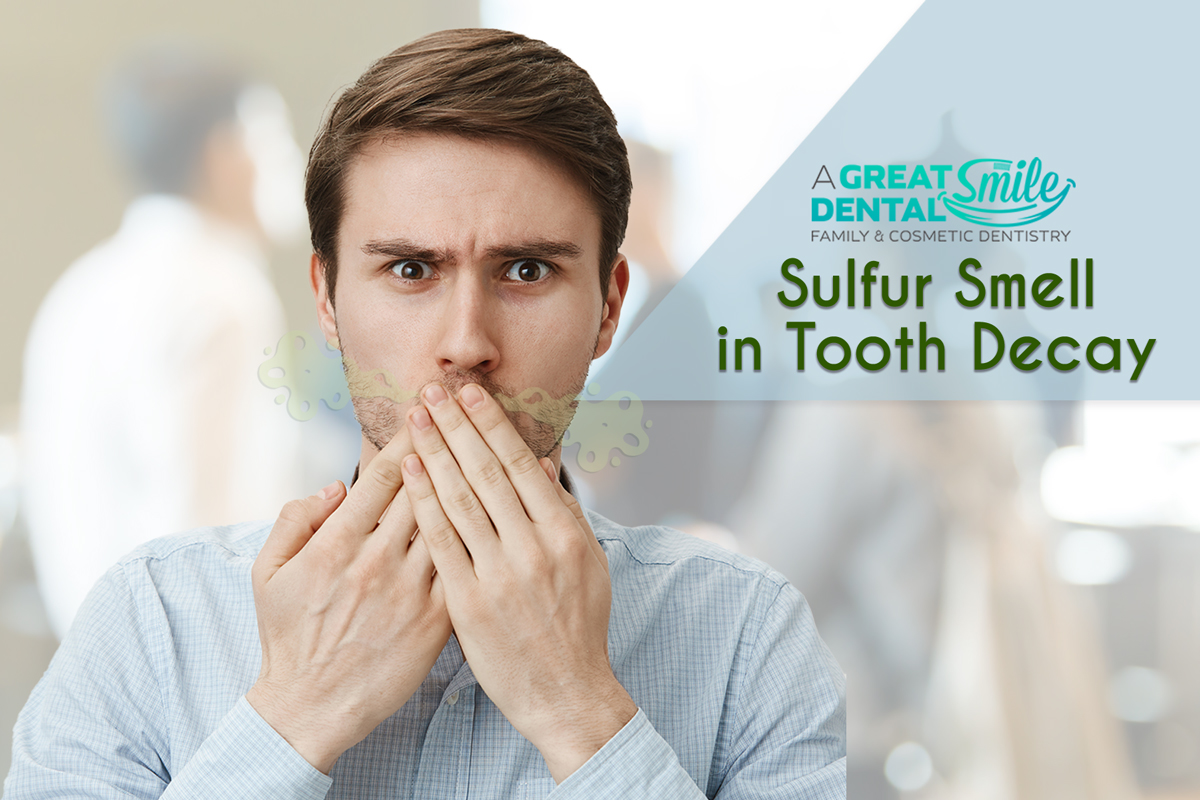

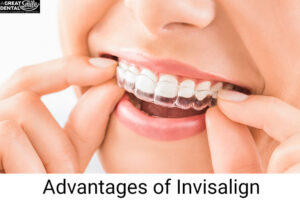 Aesthetic Appeal: One of the most significant
Aesthetic Appeal: One of the most significant 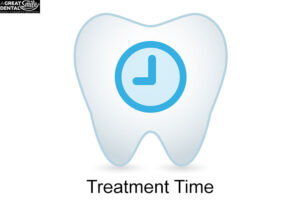 Variety of Options: Today’s orthodontic patients have more choices than ever before. Beyond traditional metal braces, there are lingual (behind the teeth) and ceramic braces, offering less visibility during treatment and providing an aesthetic alternative for those concerned about the appearance of metal braces.
Variety of Options: Today’s orthodontic patients have more choices than ever before. Beyond traditional metal braces, there are lingual (behind the teeth) and ceramic braces, offering less visibility during treatment and providing an aesthetic alternative for those concerned about the appearance of metal braces.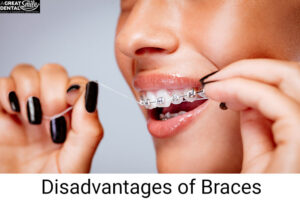 While braces are a proven method for achieving straighter teeth, there are several considerations to keep in mind:
While braces are a proven method for achieving straighter teeth, there are several considerations to keep in mind:
